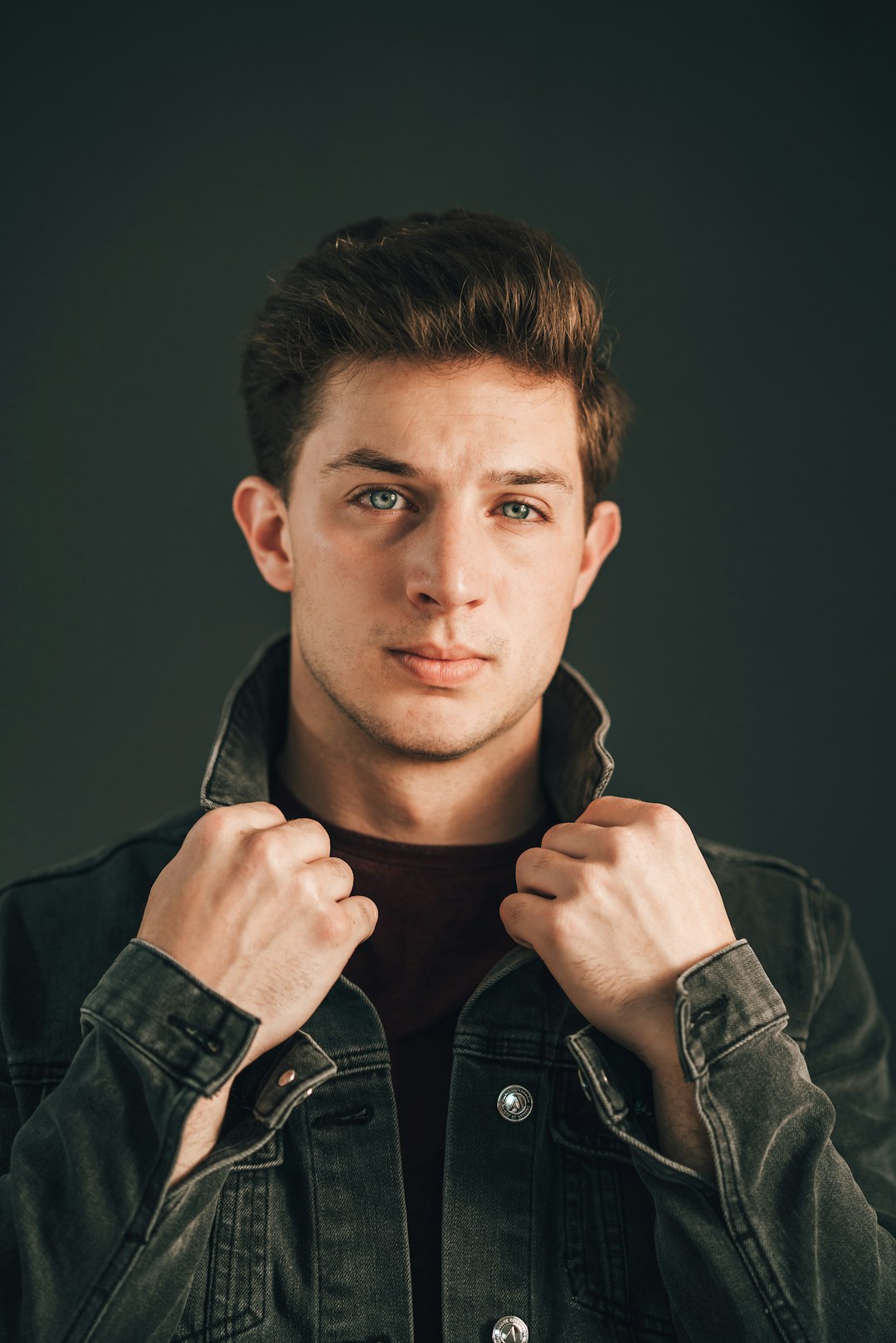Aerial silk performances are gaining in popularity as more of them are shown on television, films, and other forms of visual media. There is something fascinating about the graceful movements carried out in such precarious situations. The artists flow seamlessly from one movement to another with mesmerizing elegance. They use the fabrics almost as if it was an extension of their body. The various positions are incredibly difficult. They require a highly level of strength and flexibility to do. Only those who train diligently for many years can eventually master all of aerial silk’s secrets.
A Brief History
This performance art is a branch of aerial acrobatics. It traces its roots to France in the late 1950s. A circus school asked students to think of new acts and one of them did so using a long piece of cloth. Her name and what has become of her is a mystery. The only thing we know from that time can be found in a small newspaper clipping.
Yet although the main founder remains anonymous, the art was somehow able to flourish throughout the next decades. People saw just how beautiful this dangerous dance could be and they wanted to learn it. Cirque du Soleil popularized it even further when the duo of Isabelle Vaudelle and Isabelle Chasse performed their act on the show. It caught fire in Europe and eventually the rest of the world.
Defying Death
Perhaps what is most impressive is the way that the artists are able to defy death again and again during their performance. They do impossible moves that would make the audiences gasp and tremble until the final moment when they escape what seemed to be inevitable and people give a rousing ovation in relief. All of these involve techniques that have been carefully crafted to elicit these responses. Many credit Andre Simard who is a choreographer from Cirque du Soleil. His developments of innovative moves made the showing compelling to watch. He asked performers to use both their face and body to convey emotions.
Physical Demands
The physicality of the movements demanded much out of performers. A person will not be able to do even the simplest routines without first preparing their body. The upper body, in particular, needs a lot of work. The hands need to be able to grab onto the fabric despite the pull of gravity on a person’s full weight. This means having extremely powerful forearms that will not easily get tired despite repeated holds. The rest of the arm as well as the shoulders and back will have to be solid as well.
Aside from strength, performers need a high degree of flexibility. This will not only enable them to do the impressive splits and bends but also prevent them from sustaining injuries. So much of the movements require quick bursts. The muscles need to be able to cope with these to prevent strains and pulls. Flexibility also keeps them loose and ready to perform positions that would otherwise be impossible.
Training Requirements
Today there are quite a number of schools all over the world catering to students of aerial silk. People can begin training even as a complete novice and just work up their way up through the various levels. It would help to do some strength and flexibility training on the side as discussed above. As for the clothing, students should come to class in comfortable shirt and pants that fit their body well. The upper garment must be tucked in to prevent loose ends. The sleeves should be long enough to cover the armpits and the elbows. The pants should be stretchy and able to cover the back of the knees.
Silk Fabrics
There are different kinds of silk fabrics on the market specifically made for this activity. They vary in width, length and stretch. The low-stretch options are generally reserved for beginners as they provide more stability and predictability in the movements.






